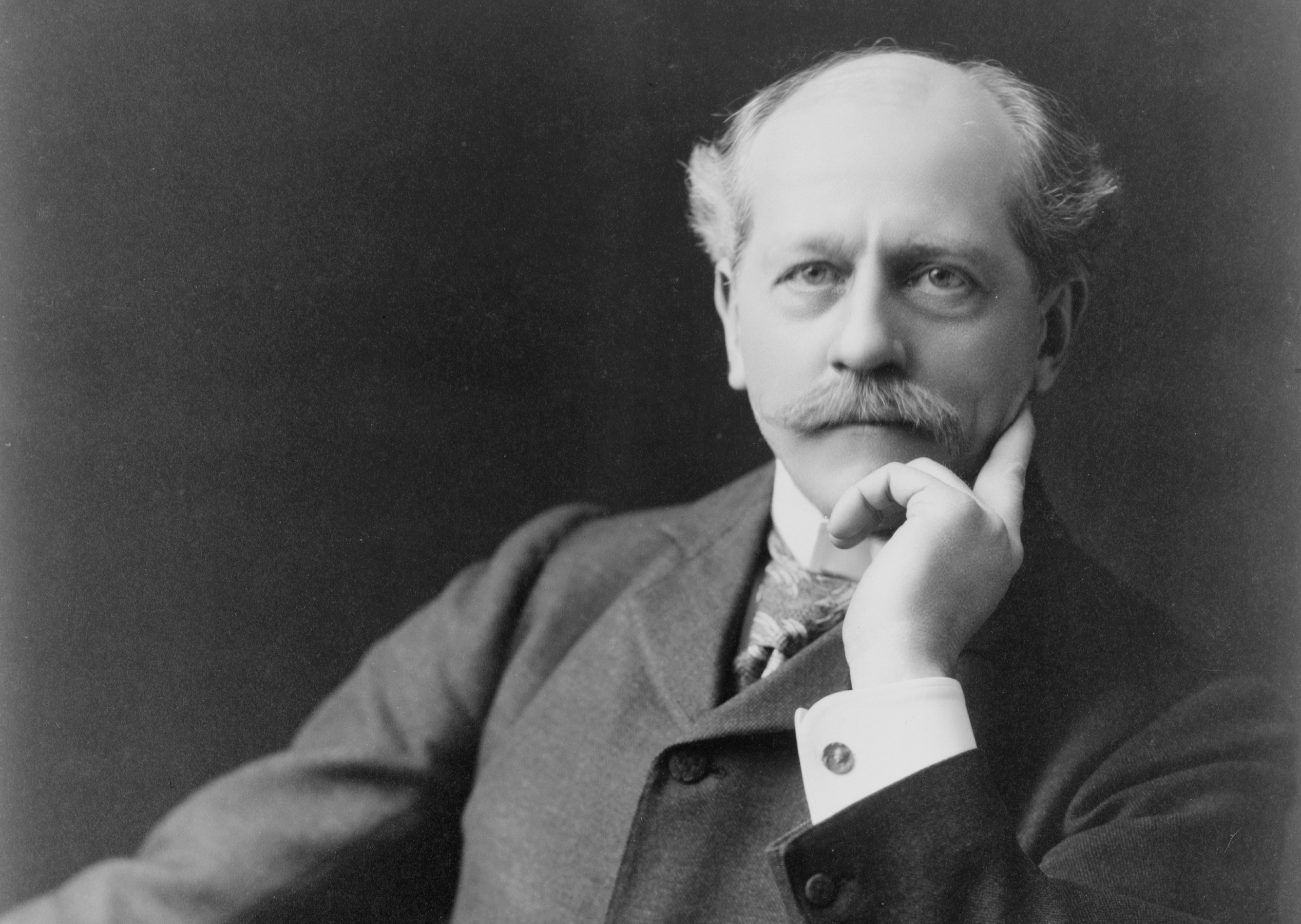
Key Takeaways:
The annals of astronomy are full of interesting characters, and among them is the American astronomer Percival Lowell, one of the most prominent popularizers of astronomy and planetary science of his time. Even though some of his most famous ideas were eventually discredited — like his claims that he had observed canals on Mars and spokes on Venus — he left a formidable legacy.
Born into a Boston Brahmin family in 1855, Lowell graduated from Harvard with a degree in mathematics and displayed a keen interest in astronomy — particularly the nebular hypothesis, that the Sun and planets had formed from a cloud of gas and dust. At the time, the idea was still cutting-edge and disputed; today, we know it to be true.
After graduation, Lowell made his early mark not in the sciences but as a diplomat in East Asia. He traveled extensively in Japan and became one of the first westerners to visit Korea, shortly after the ruling Joseon dynasty opened the “hermit nation” to the outside. Lowell wrote the first account of Joseon-era Korea to be published in the western world, and in 1883, he served as a counselor to the first Korean diplomatic special mission to the U.S.
Lowell turned his attention back to astronomy when he returned to the U.S. in 1893, founding Lowell Observatory in Flagstaff. It was here where he made his most famous observations and claims — including alien canals on Mars (since debunked); mysterious spokes on Venus (also debunked); and searching for Planet X, a hypothetical planet beyond Neptune.
Lowell was a strong proponent of Planet X, believing that its presence could account for discrepancies in the positions of Uranus and Neptune. While he would never find Planet X in his lifetime, in 1930, a Kansas farm boy-turned-astronomer named Clyde Tombaugh working at Lowell Observatory would discover a large iceball beyond Neptune that we know today as the dwarf planet Pluto. This small world was not the massive Planet X that Lowell had envisioned. Still, its name was chosen in part to recognize Lowell’s efforts, as its first two letters are also his initials: P. L.
Today, Lowell Observatory continues to be an active research hub for professional astronomers. Its 4.3-meter Lowell Discovery Telescope is one of the largest in the continental U.S. Lowell is also open to visitors and hosts a range of outreach activities, including astrophotography courses. And later in 2024, it will inaugurate a new Astronomy Discover Center, a 40,000-square-foot (3,700 square meters) center for exhibits and activities for anyone who is curious about the cosmos.
Follow Astronomy magazine, the world’s best-selling astronomy magazine:
🌎 Website: https://astronomy.com
📖 Subscribe: http://subscribe.astronomy.com
📘 Facebook: https://www.facebook.com/AstronomyMagazine
📸 Instagram: https://instagram.com/astronomy.magazine
🐦 X/Twitter: https://twitter.com/AstronomyMag
Shop Celestron telescopes:
🔭 Website: https://celestron.com
Follow Dave Eicher:
📘 Facebook: https://www.facebook.com/davidjohneicher
📸 Instagram: https://instagram.com/eicher.david
🐦 X/Twitter: https://twitter.com/deicherstar









